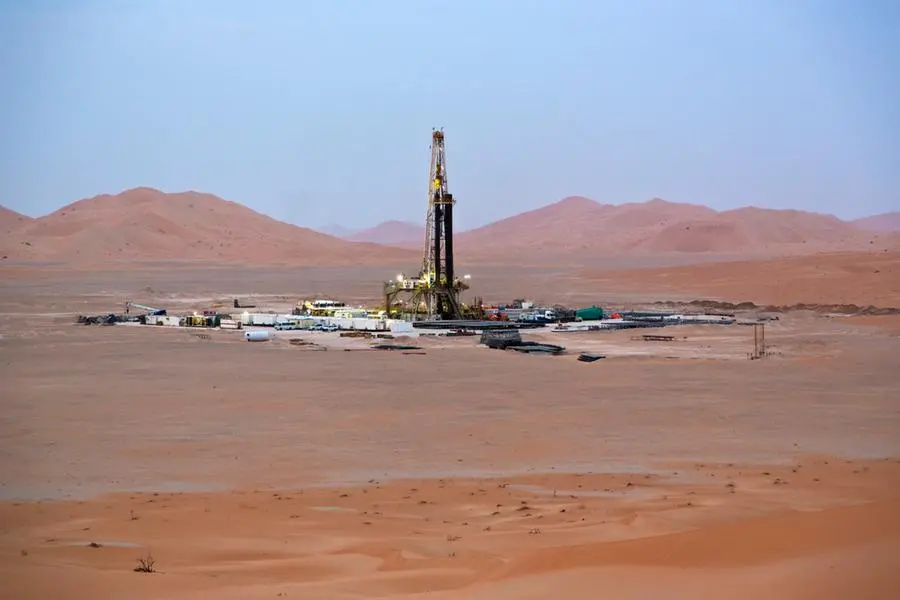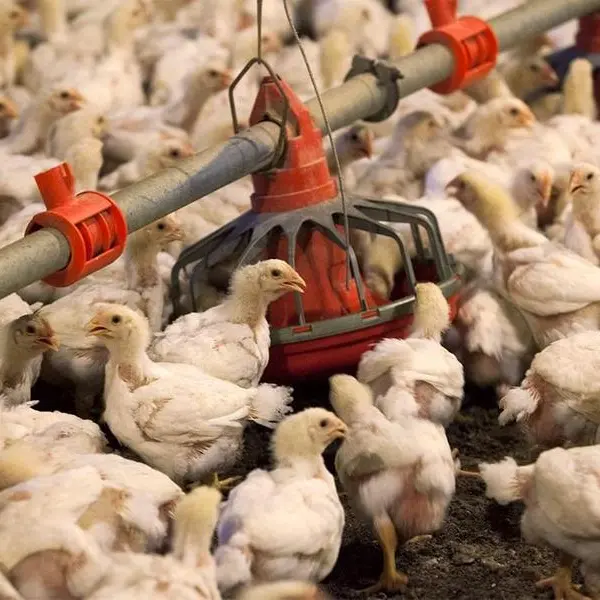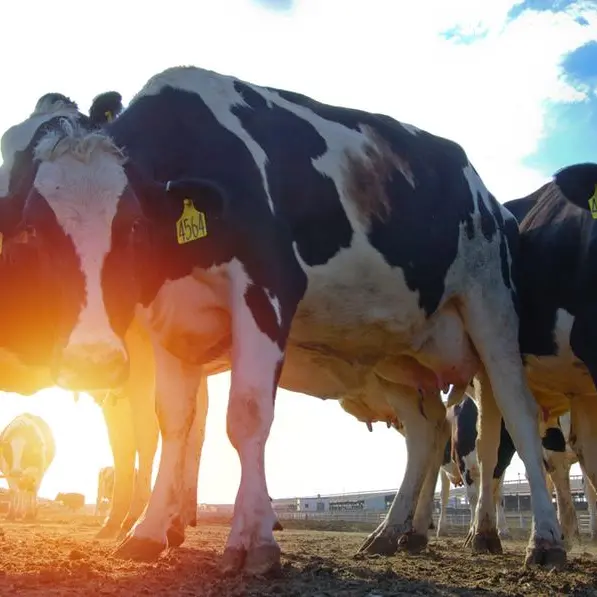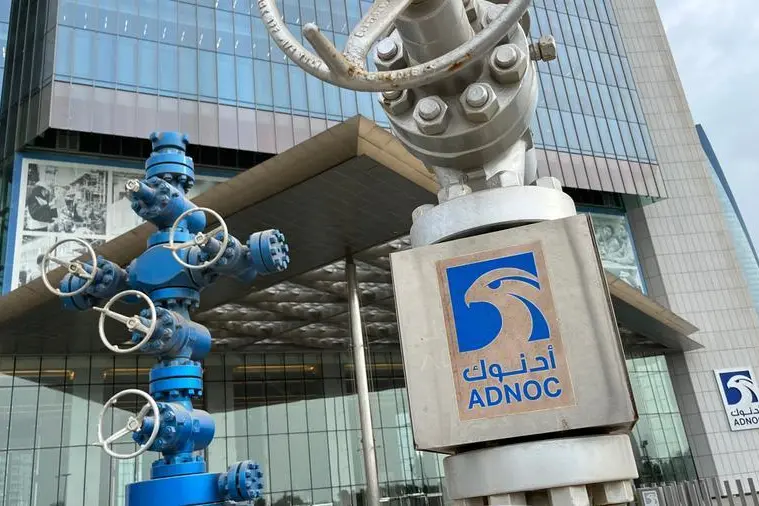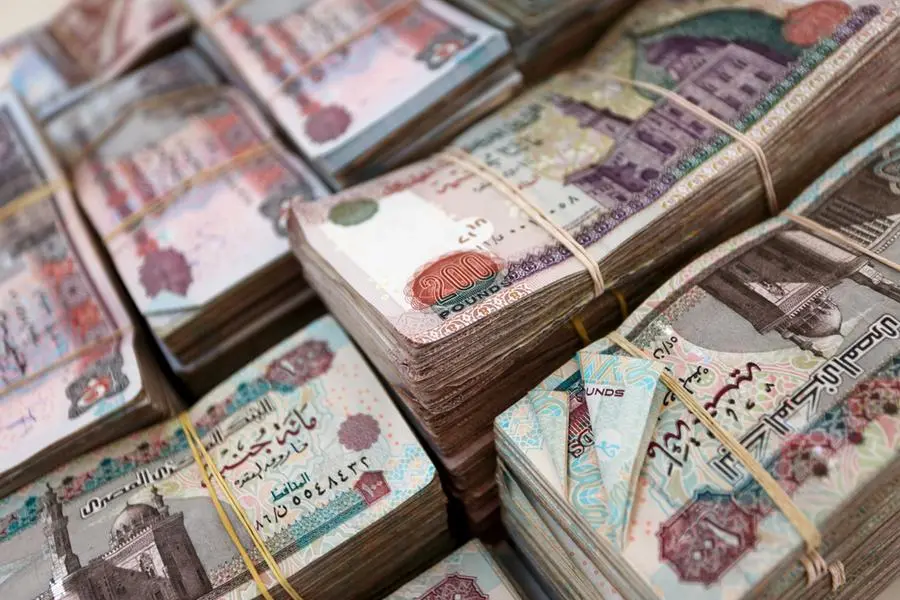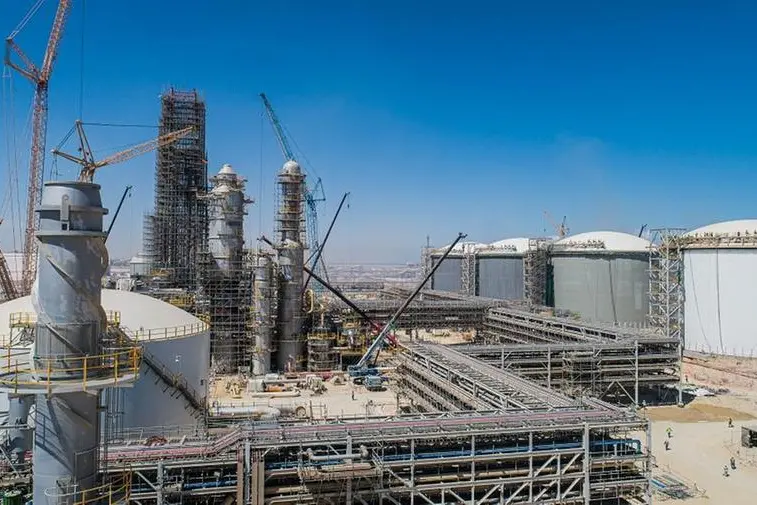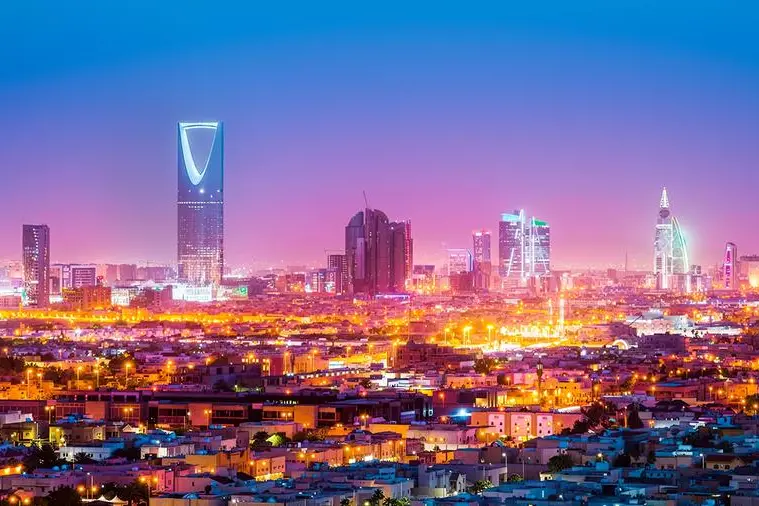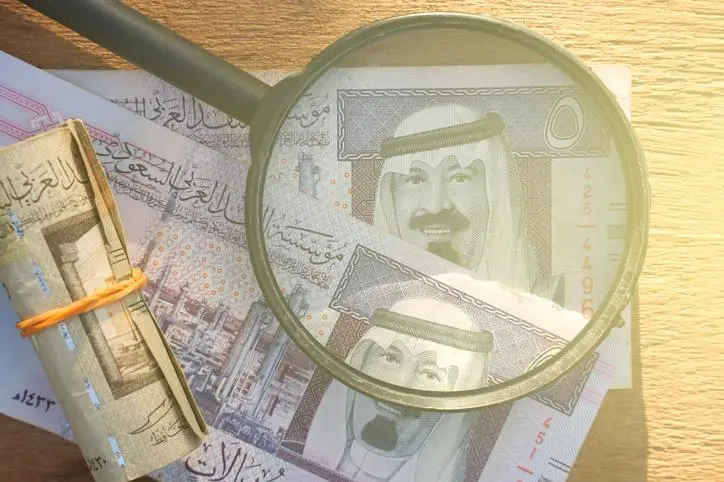PHOTO
Muscat – Oman’s public revenues fell slightly to RO7.154bn this year till the end of July, marking a decrease of RO29mn compared to the same period in 2023, when revenues stood at RO7.183bn. This decline is attributed to a drop in gas and current revenues, according to the latest fiscal performance bulletin of the Ministry of Finance.
Despite overall dip in revenues, Oman’s net oil income saw a 9% increase, rising to RO4.038bn from RO3.714bn in the same period last year. The average price of oil reached US$83 per barrel, while daily production averaged 1,002,000 barrels.
In contrast, gas revenues saw a significant drop. By July this year, net gas revenue stood at RO1.09bn, down 18% from RO1.329bn in 2023. This decrease is largely due to changes in the methodology adopted for collecting gas revenue.
Current revenues also declined amounting to RO2.012bn by July this year, down RO120mn from the previous year.
Public spending, however, rose to RO6.754bn this year till the end of July, reflecting a 4% increase from RO6.481bn spent during the same period in 2023. This increase is mainly due to higher development spending and contributions to various budget items.
Civil ministries’ current expenditure decreased slightly to RO4.808bn, down by RO28mn compared to the previous year. Development expenditure for ministries and government units amounted to RO653mn, representing 73% of the total RO900mn allocated for development in 2024.
Total contributions and other expenses rose sharply to RO1.243bn, a 46% increase from RO854mn in 2023. Subsidies for social protection, the electricity sector and oil products amounted to RO326mn, RO286mn and RO174mn, respectively, this year till the end of July.
© Apex Press and Publishing Provided by SyndiGate Media Inc. (Syndigate.info).
